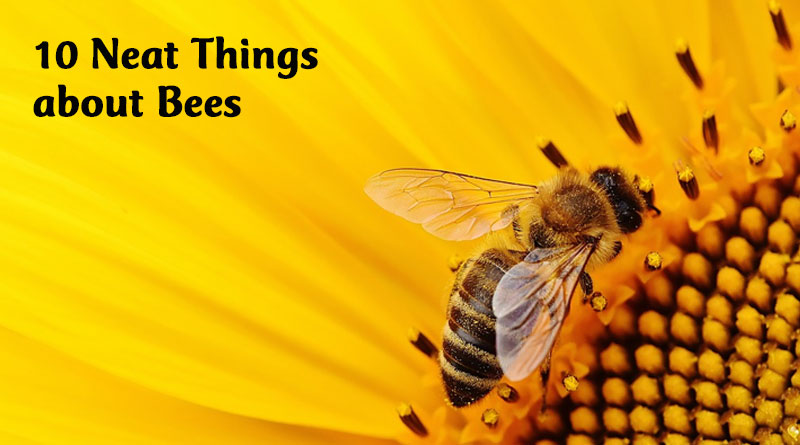About Bees
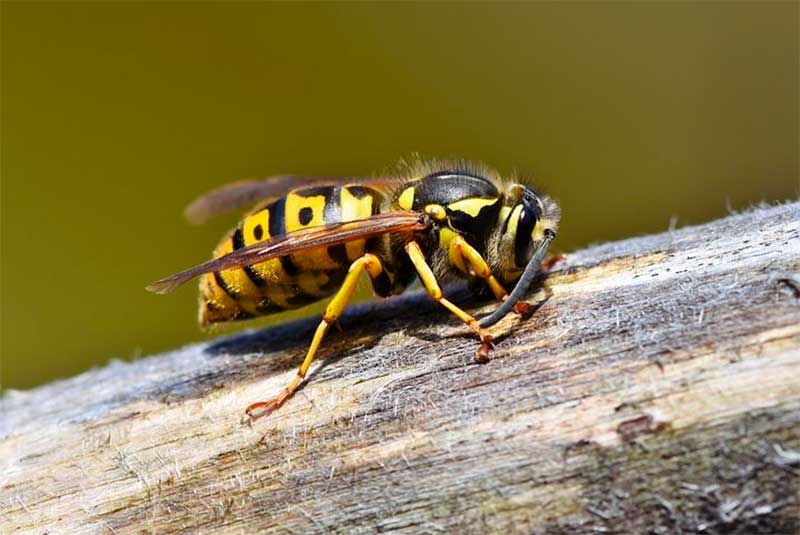
1. Descended from wasps.
While wasps are meat eaters, some of them found an easier way – just drop by a flower and collect the food that’s provided through pollen and nectar. It’s a lot less risky than fighting for a meal every day. These are our modern bees.
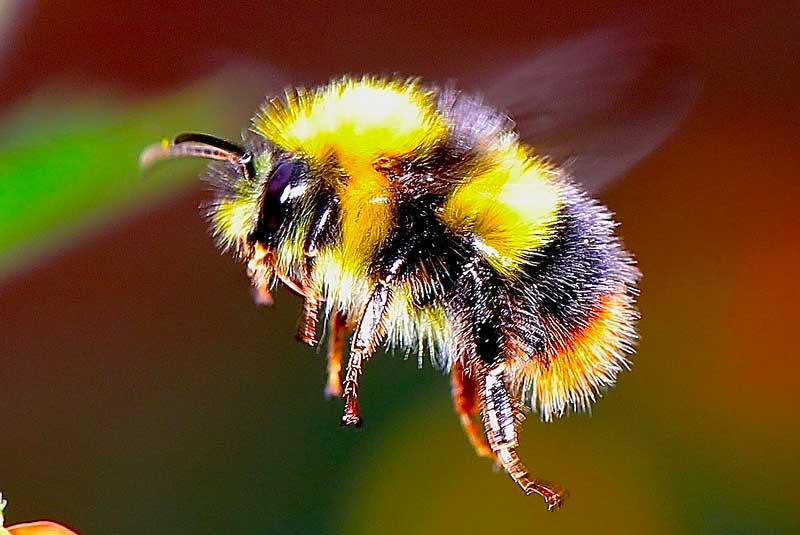
2. Immigrant bees.
Contrary to popular belief, honeybees are foreign to North America. They were imported here from Europe beginning in the 1600s. Even so, there are 3,500 to 4,000 native bee species that occur naturally here. Among these is the humble bumblebee, one of the few social order bees of the lot.
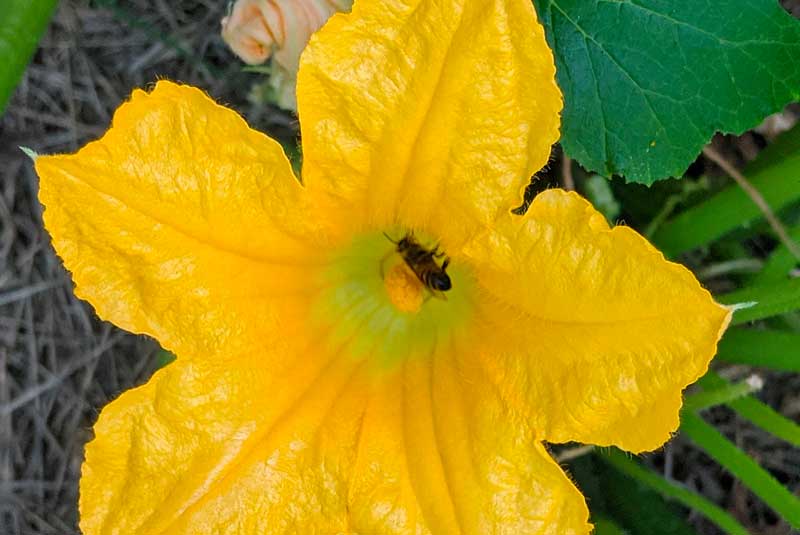
3. Only the lonely.
Nearly all the native bees are solitary in their habits. Most of them live alone in the ground or in hollowed out trees or other holes. One species will lay their eggs in little houses next to each other and some others will cluster together to rest. You will find them clinging to a twig by their mandibles or nestling in the cup of a squash flower. Only five per cent of all the world’s bees are social.

4. Prodigious pollinators.
Native bees are very good pollinators, some of them specializing in one type of plant or another, such as blueberries. The demands of today’s high production methods have made it necessary to bring in managed or domesticated bumblebees and leafcutter bees to pollinate crops such as blueberries.
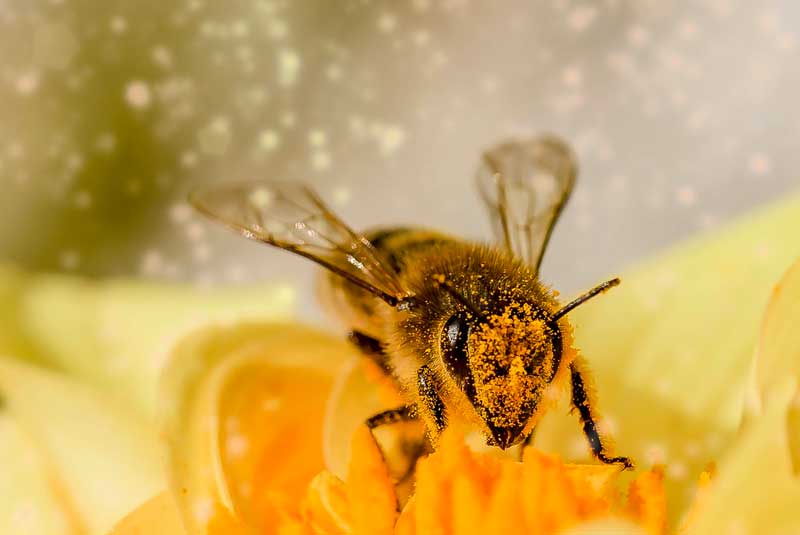
5. Shake it up, baby.
They don’t do the Twist ‘n’ Shout, but they do shake it up. Bumblebees, leafcutter bees, digger bees and some sweat bees are all among the native bees that can collect pollen by sonication or buzz pollination. This involves taking hold of the pollen tube with their mandibles, then buzzing with all their might – generating forces about 30 times that of gravity (about the endurance limits of a human being). This shakes the pollen loose, though. About eight per cent of the world’s plants, including members of the Solanaceae family (tomatoes, potatoes, eggplants), as well as blueberries and cranberries, require this action to release their pollen.
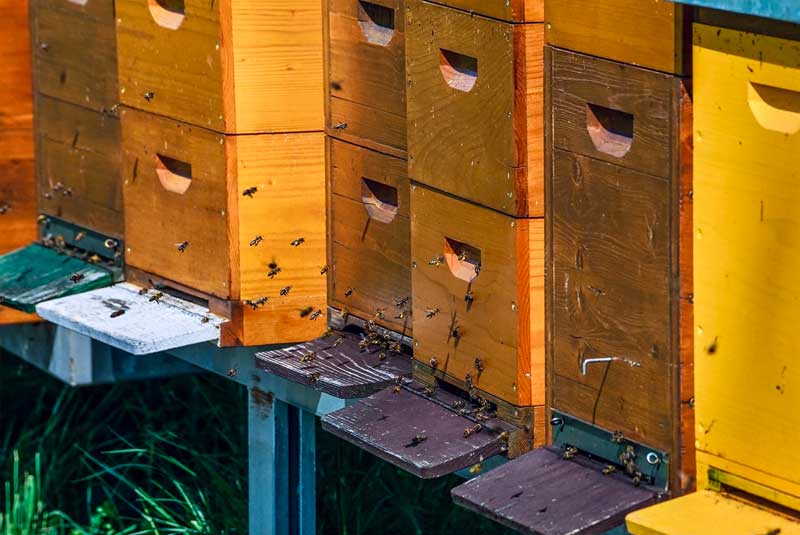
6. Rent-a-bee.
To keep up with the mega production needs of some farmers today, the practice of bees-for-hire has become big business. Every year, certain vendors haul their colonies across the continent to do the job of pollinating fruit and other crops. In the United States, almond orchards are almost completely pollinated by rental bees. In British Columbia you can rent a colony of bees for between $50 and $175 for a bloom cycle to pollinate your apple or other orchard. The beekeeper gets to keep the honey.
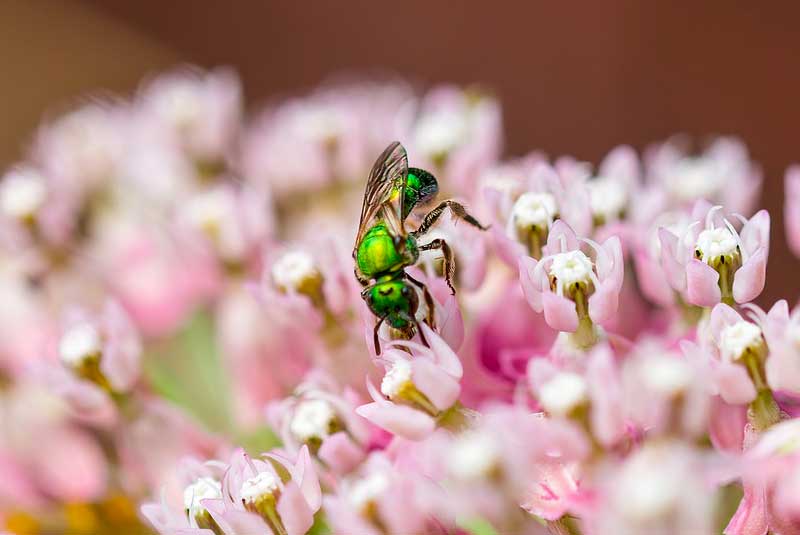
7. Sweat it out. Lap it up.
Sweat bees, a native species, are so-called because they are attracted to the salt in human sweat. These often metallic, sometimes green-coloured bees will not harm you if you let them land on you and lick you. A smack, however, could end up with a mild sting. Sweat bees are somewhat social. They nest in the ground and provide mass stores of food in a waterproof cell for their young.
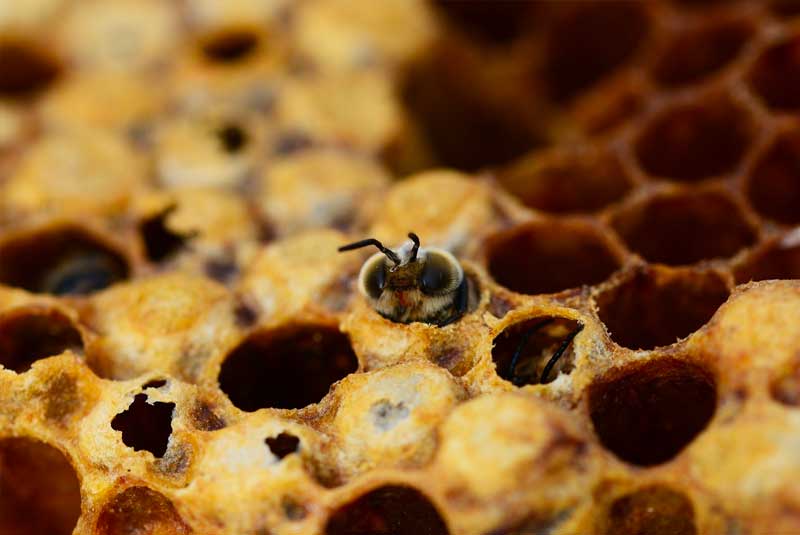
8. Mystery disappearance.
Since 2005, large colonies of honeybees have been disappearing. They set off to work and just don’t come back. There are no dead bee bodies lying in masses, but the hive will be virtually deserted except for the queen and a few young adult workers and drones that refuse food. There will be un-hatched babies (capped brood) lying sealed up in cells, left to die, something no conscientious honeybee would ever let happen. It’s called colony collapse disorder or CCD.

9. Mystery unsolved.
Everything from pesticides to disease to parasites to genetic plant modification to the use of fungicides and antibiotics on the bees has been blamed for the disappearance. Some suggest that feeding high fructose syrup to overwintering bees may be implicated because some key bee needs are omitted in the food. In various countries, neo-nicotinoid pesticides have been banned with little change to CCD. It could be that a combination of chemicals and pesticide may be impairing bee immune systems, making them more susceptible to mites and parasites and disease. None of these explain why the queen and some of her court would be immune or left behind.

10. The cell phone debate.
Some people say that chemicals and electromagnetic interference from things such as cell phones may be affecting the navigation system of the bees. There is apparently no basis for this postulation.
-Dorothy Dobbie Copyright©
Pegasus Publications Inc



